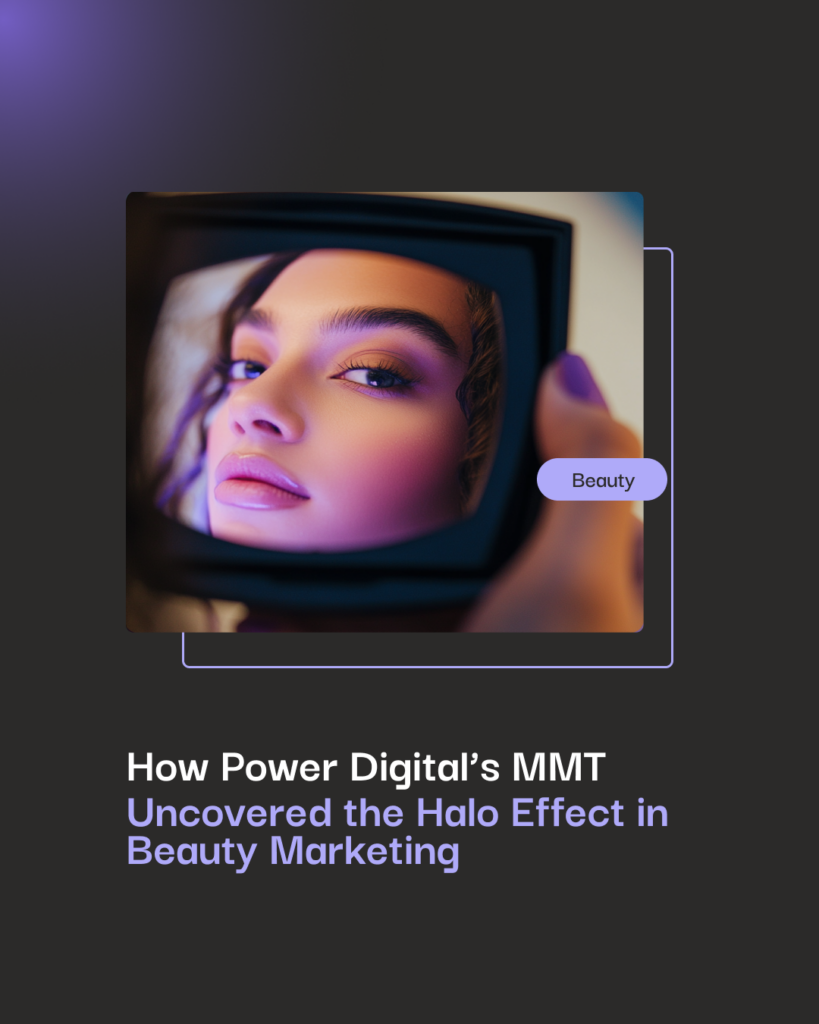Client Communication: What to Avoid as an Account Manager

Effective account management boils down to a few key components: internal team coordination and management, technical and strategic skills, and client relationship management. While those first two points remain hugely important, people often judge an account manager’s proficiency and effectiveness on how well they manage the relationship with their client.
Effective relationship management is going to translate into more upsell opportunities, client re-signs, and (generally speaking) better overall account performance. Why? Because the account manager has established a level of trust, and communicated a sense of personal ownership and investment that they have in the success of the account so that the client truly views the AM and the internal agency team as an extension of their own.
What does effective client relationship boil down to? How effectively you, as an Account Manager, or main point of contact, are able to communicate with those client stakeholders.
If you have open, effective, and transparent lines of communication with your client, you set yourself up for tremendous success. You provide more opportunity to build rapport, set (or reset) expectations, celebrate wins, keep them in the loop on any roadblocks or obstacles your team is facing in hitting their objectives, and like we mentioned before, establishing and communicating a sense of professionalism and personal investment.
However, this is an aspect of Account Management at many agencies that can be overlooked, or administered incorrectly. The consequences therein can really damage client relationships, which, in turn, rob you of those benefits.
If you’re an Account Manager, you are probably familiar with the so-called “best practices” of effective communication at this point. Weekly updates, consistent communication, transparency, proactiveness, the list goes on.
So instead, the question becomes, “what should I look out for? What should I avoid so that this doesn’t happen to me?” I found myself asking the exact same question, so I sought out advice from some of the best in the industry and compiled those in a list for you.
Here are the top 3 things you should aim to avoid, if you wish to practice effective client communication:
Excessive Communication (When Not Warranted)
“Woah, hold up. There’s such a thing as excessive communication? Don’t you want your client to be in the loop as much as possible?” Short answer here – yes you do, but not at the expense of efficiency.
What I mean to say by that is that, yes, you should always strive to make sure that your client is as in the loop as they can possibly be, but at the same time you don’t necessarily want to keep excessively pinging their inbox or their phone with updates on a rolling basis.
What this does is fatigue your client, and allow for things to slip through the cracks, especially if updates are scattered among several different mediums (phone, email, text, Slack, etc.) and not organized in one process and place.
Related: 9 Deadly Sins to Avoid as an Account Manager
You should make sure that you and your client have established processes in place for standard deliverables and work updates, so that they know what information they will be receiving and when. This way, if you do decide to update a client later on with a one-off email or phone call, they know that it is either urgent or important, and you can elicit a response much faster.
If you don’t, it may happen that your client adopts a “boy cried wolf” mentality about your communication with them, meaning that they disregard incoming emails and contacts from you as unimportant. This can cause huge issues down the line, especially should anything legitimately pressing actually come up.
Set a process, adhere to it for standard deliverables and updates so as to not overload your client with miscellaneous emails and phone calls, and then do one-off communication for matters that are of high timely importance or urgency.
Speaking In Jargon Instead Of Plain English
This seems like a no-brainer, right? Well, you’d be surprised; it happens far more often that people would care to admit. Especially in digital marketing, there is a myriad of technical verbiage, acronyms, terms and slang that are thrown around on such a frequent basis among internal team members that it can be easy to use them with a client.
Something to keep in mind as an AM in digital – if your clients were as familiar with digital as you are, they likely wouldn’t be soliciting your services. In the spirit of that, don’t assume that they know what you know when it comes to the strategy or technicalities of your campaign with them.
Related: Best Practices for Strategic Account Management
Dumb your language down so that you’re explaining what value you’ve actually provided to their business or bottom-line, always tying it back to their expectations and KPI’s. This way, you are speaking in terms that they fully understand, and they can accurately assess the value that you are bringing them.
A lot of times people at digital agencies will try to use jargon in their explanations to tough questions posed by their clients. I can’t stress this enough: it’s a cop out. Bad account managers will use this as a poor attempt to flex their digital knowledge on a client that asks a prodding question in order to confuse them and get them to stop asking.
This is truly a horrible idea. Not only does this open the door for a lot of ethical questions about how the campaign is being administered, but sets the stagae for a lot of misunderstanding between the client and agency as a whole.
Being A “Yes” Man Or Woman
This one can seem a bit confusing, but it’s unbelievably important. To an extent, you do want to please your client and always be willing to take on responsibilities for them so as to provide as much tangible value to their day-to-day as possible. But that doesn’t mean just blindly saying “Yes” to everything in an effort to over-please.
You need to have enough faith in your team and strategy to know when to draw the line or put your foot down. Most companies that bring on digital agencies are looking for their direction and expertise on a method of advertising that they frankly don’t know that well, and event want some push back every now and again.
Related: 9 Agency Leadership Mantras to Live By
If you as an Account Manager simply go along with everything a client suggests, you may open your team’s strategy up for vulnerability and your success can be compromised. Keep in mind why you were hired in the first place, and know when to say “yes” to preserve the rapport you’ve sought to build, as well as when to preserve the structural integrity of the strategy you are deploying for them.
Along the same vein, I have personally been taught the theory of “under-promise, over-deliver”, and I find it hugely effective in terms of setting client expectations with my own accounts. Making sure that expectations are crystal clear is one thing, but making sure that they don’t set my team up for failure or falling short is quite another.
Wrapping Up
Your account management is only going to be as effective as the time you put into communicating the right way with your client. If you aren’t doing this, then coordinating the internal team the right way and driving great results frankly doesn’t matter at all because at the end of the day, the client needs to understand the value you are providing them for it to have been worth it.
Employ what you know to be best practices, which can vary by client and industry, and be sure to stay away from these three things if you want to see the fruits of your labor come to be. If not, you may be setting your team up for more harm than good, and who has the time for that?
Our Editorial Standards
Reviewed for Accuracy
Every piece is fact-checked for precision.
Up-to-Date Research
We reflect the latest trends and insights.
Credible References
Backed by trusted industry sources.
Actionable & Insight-Driven
Strategic takeaways for real results.






